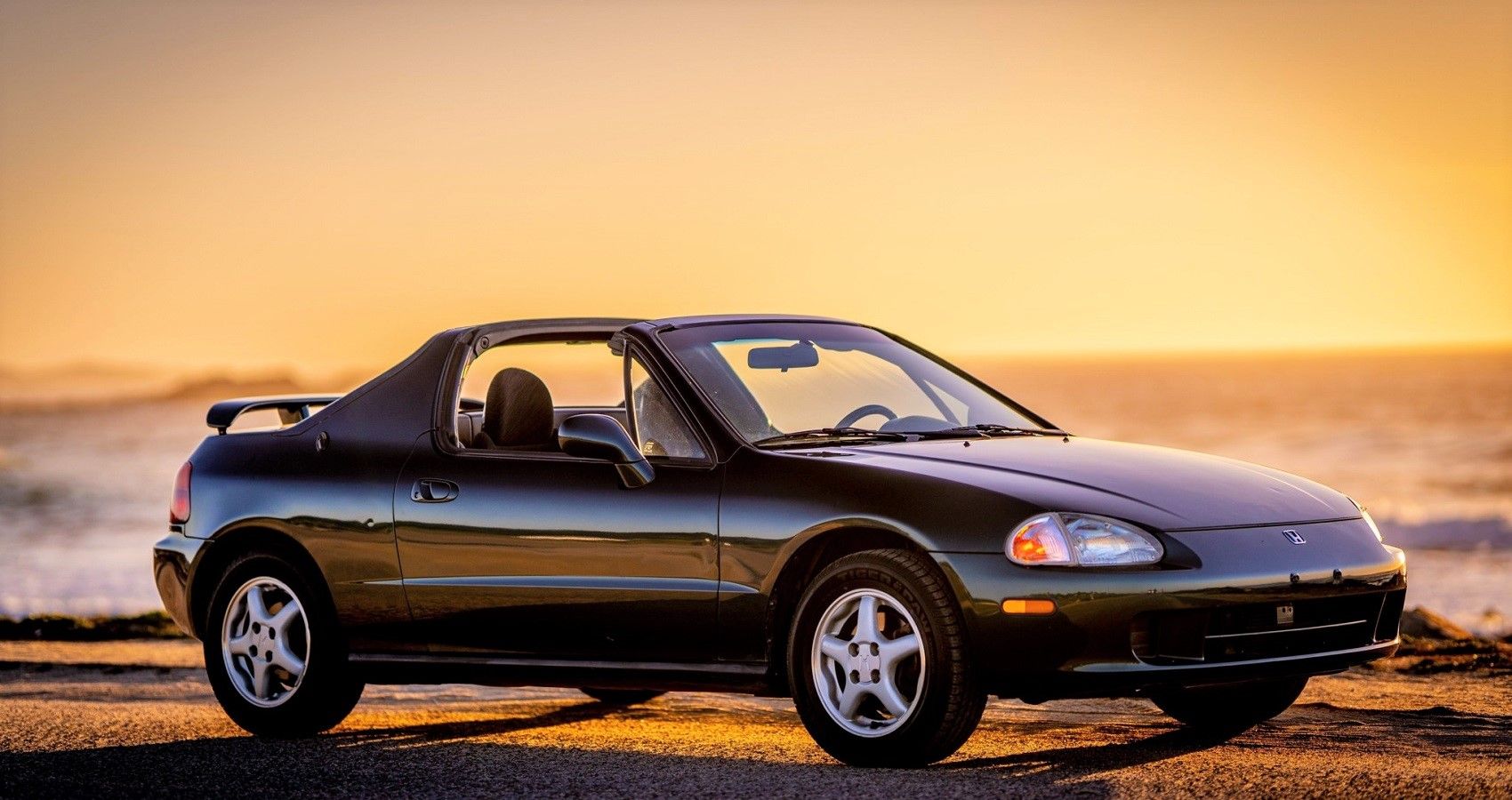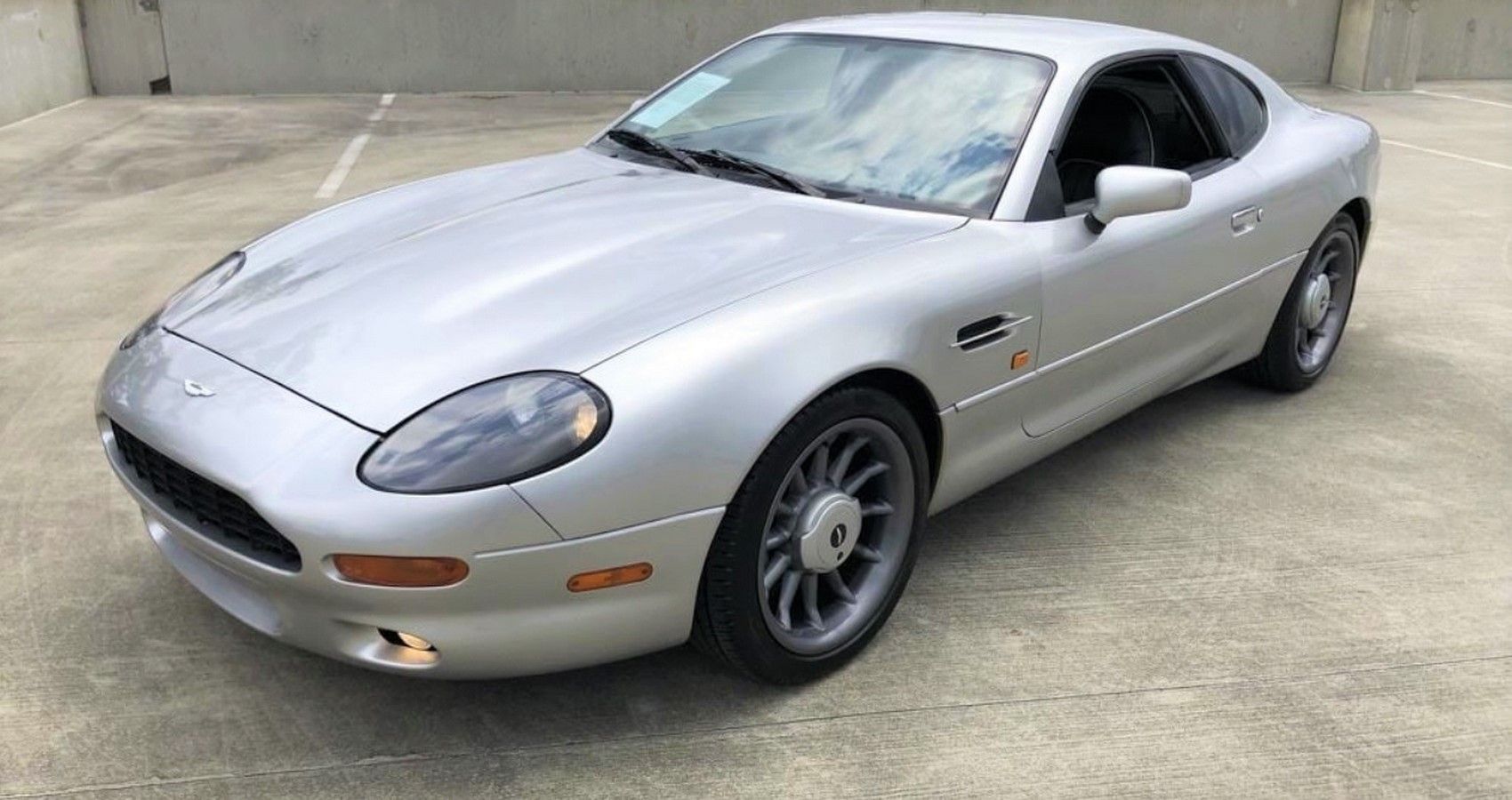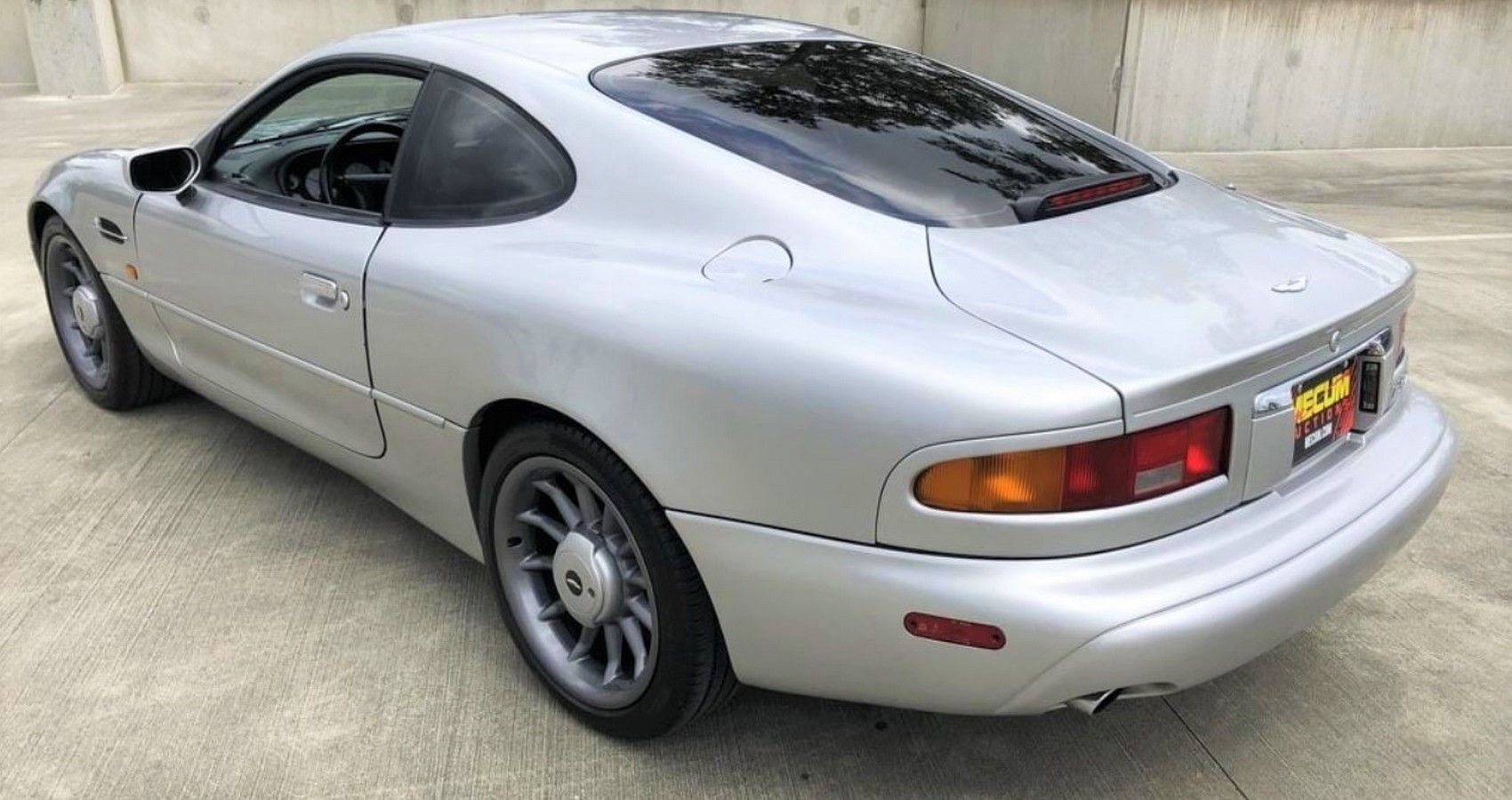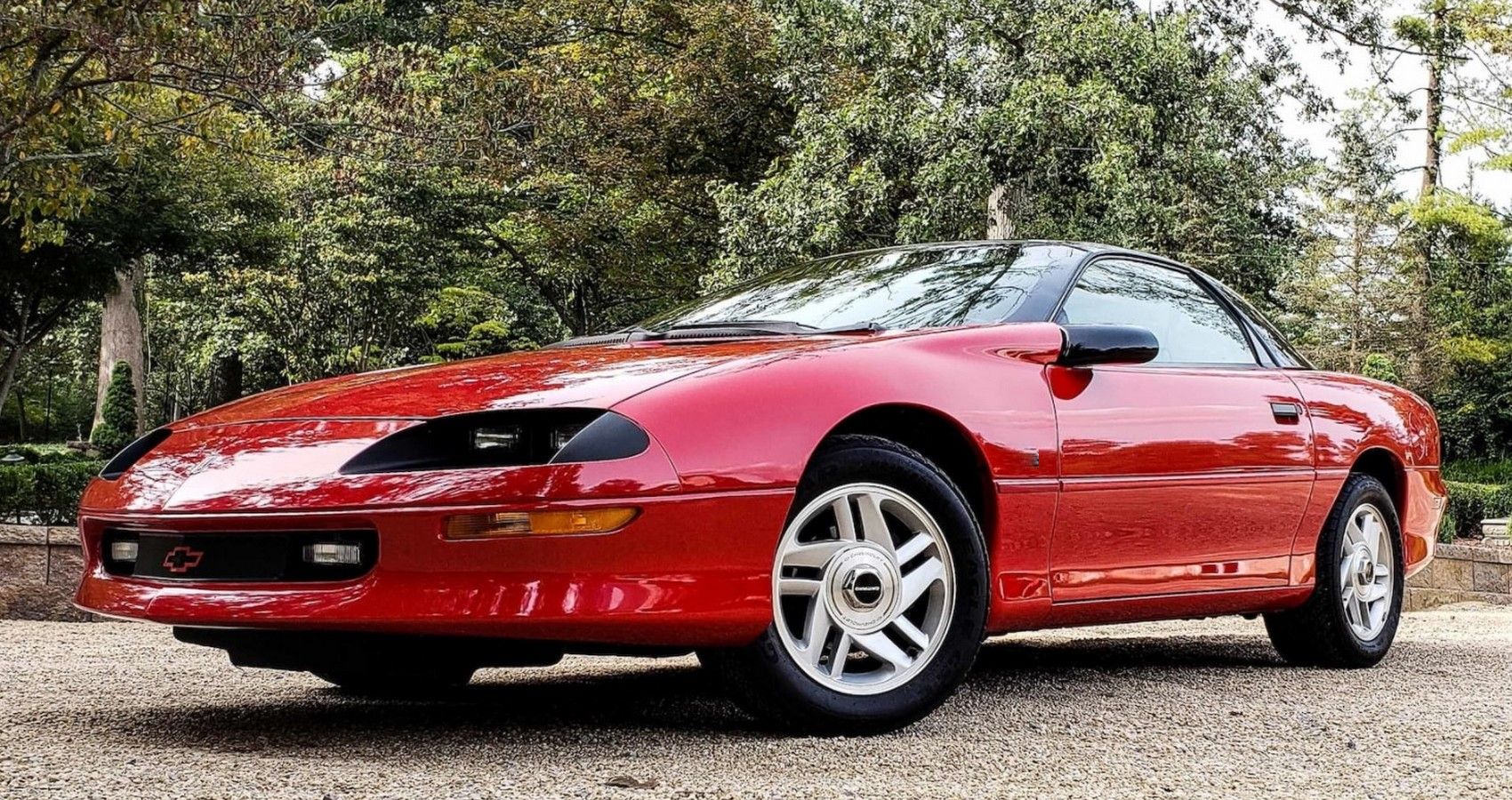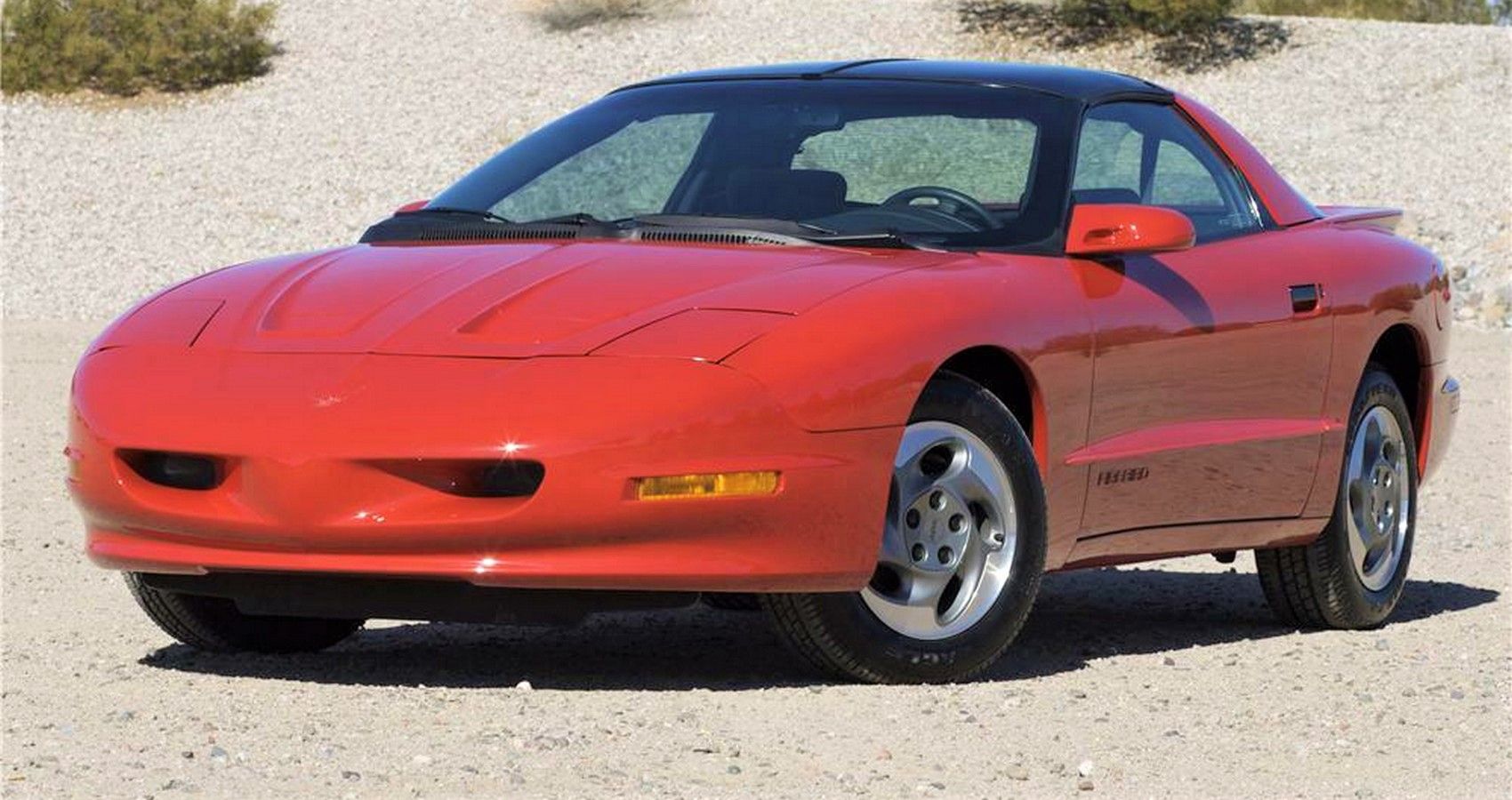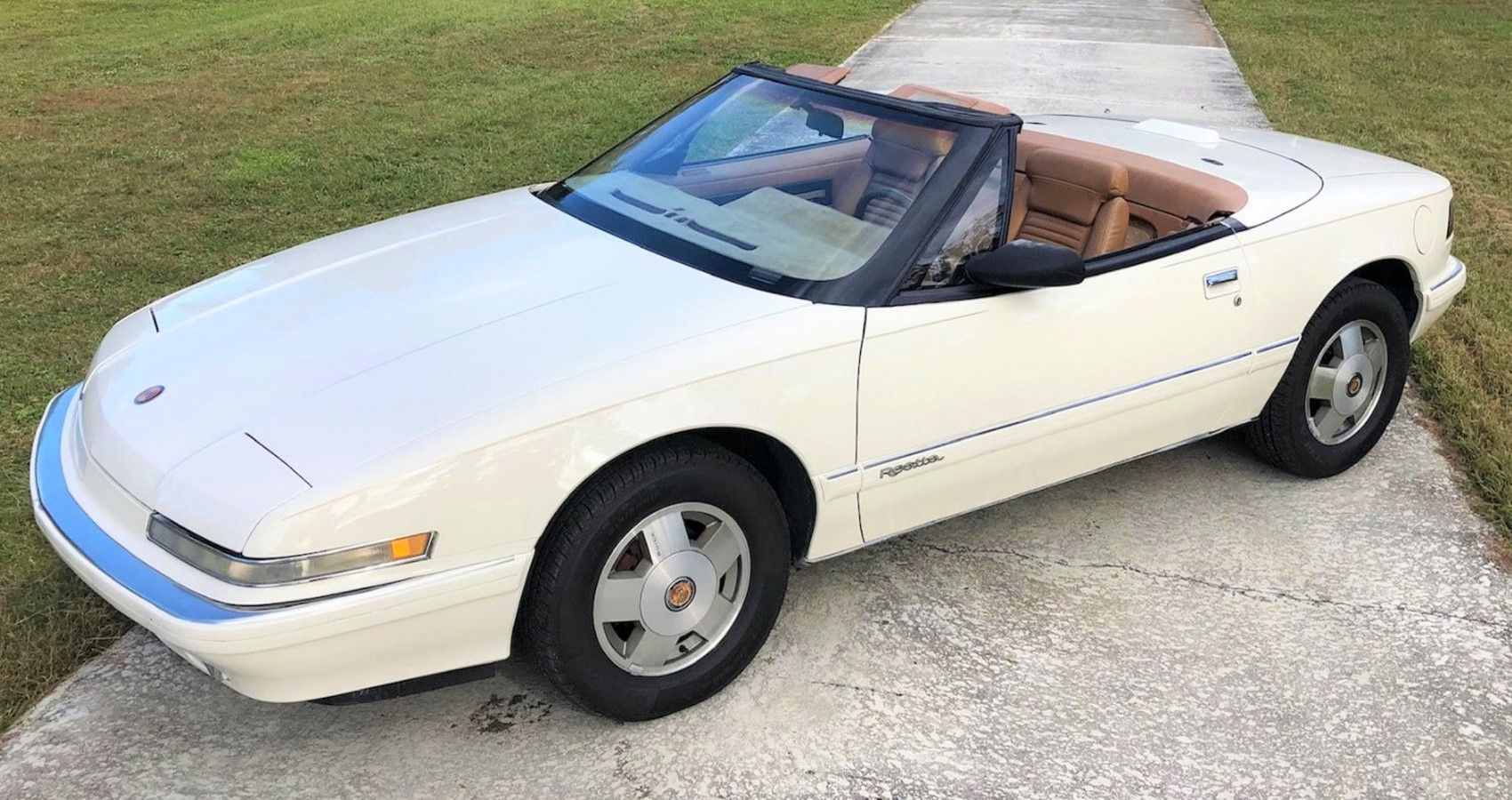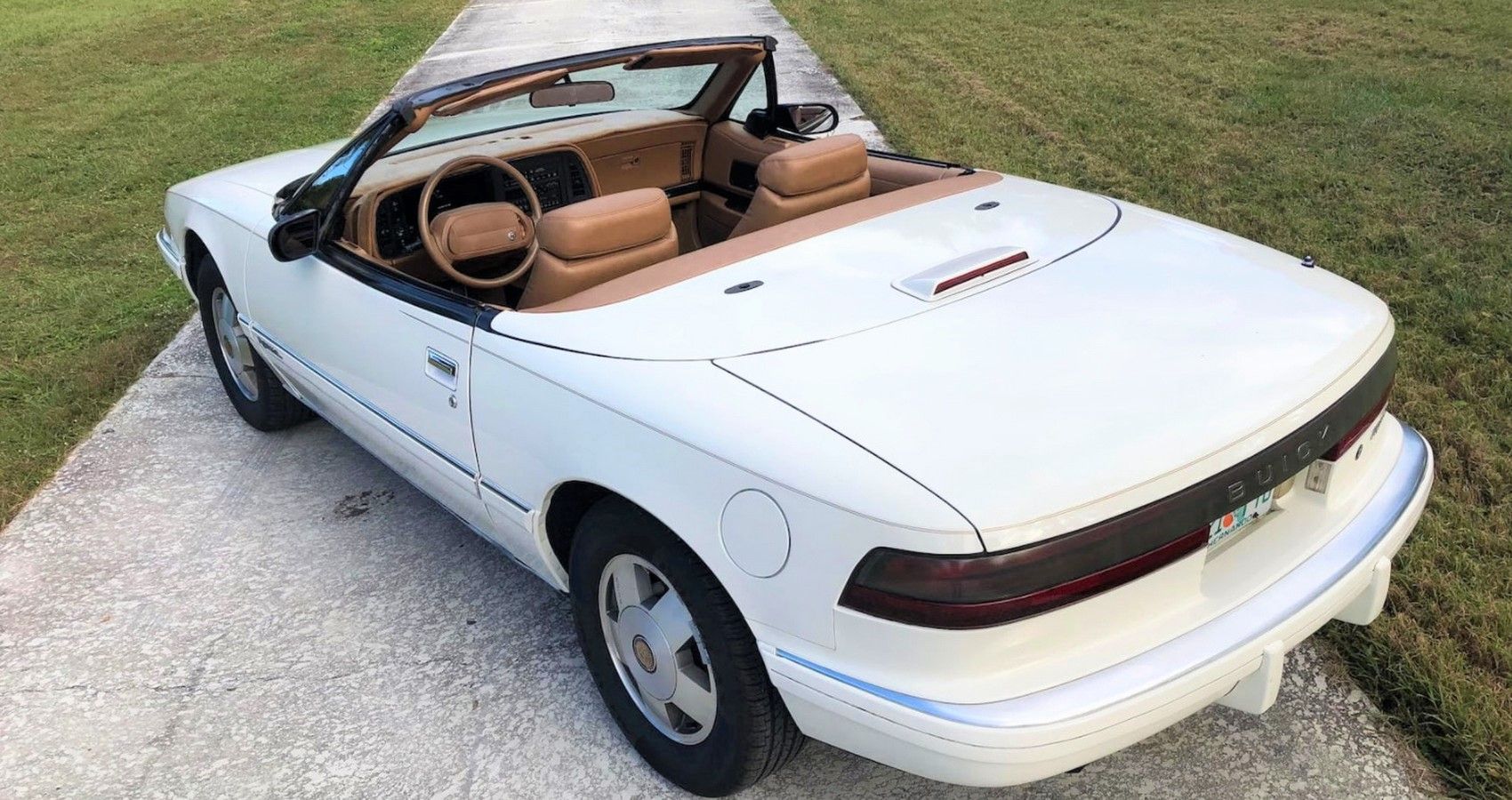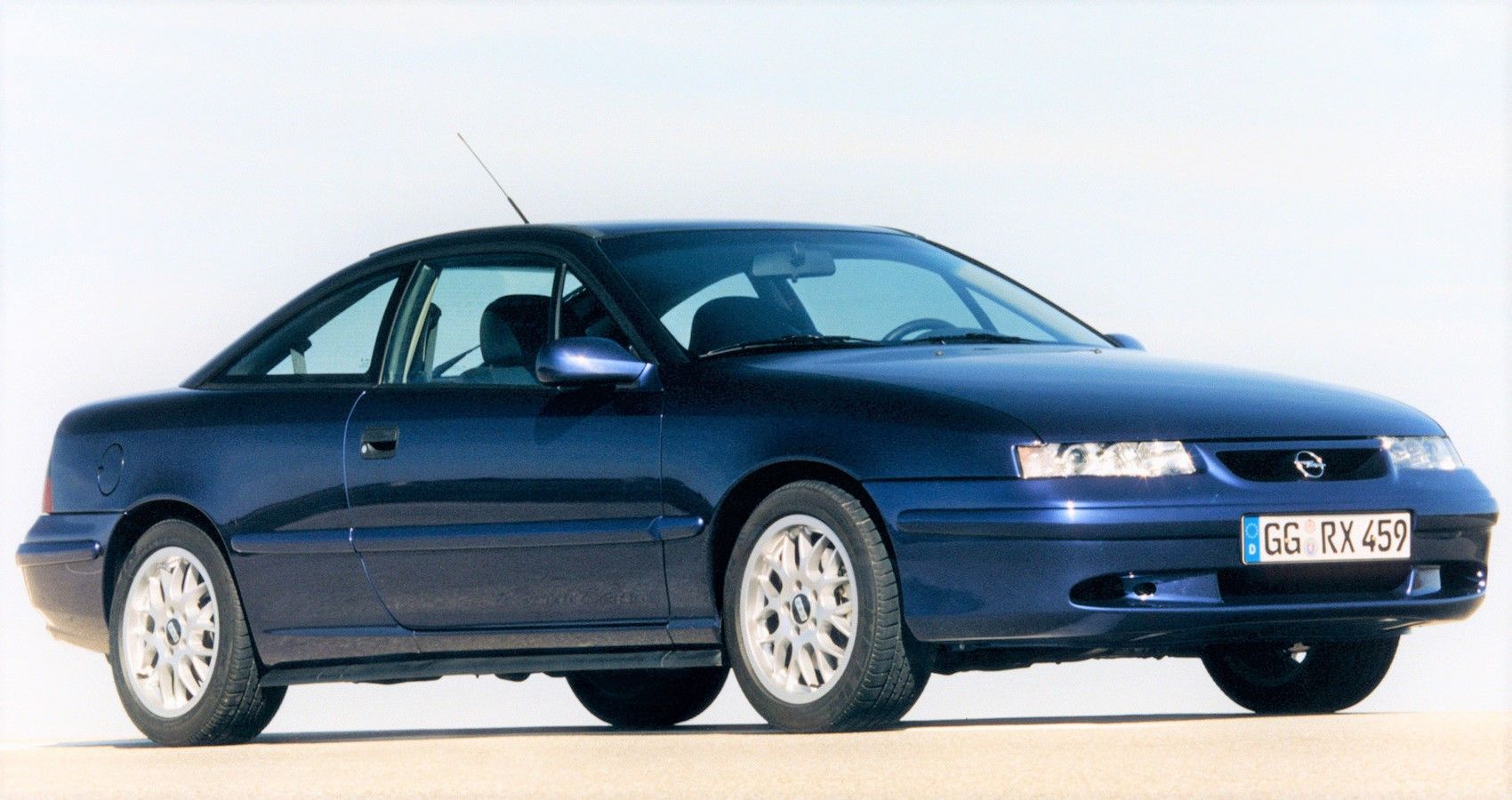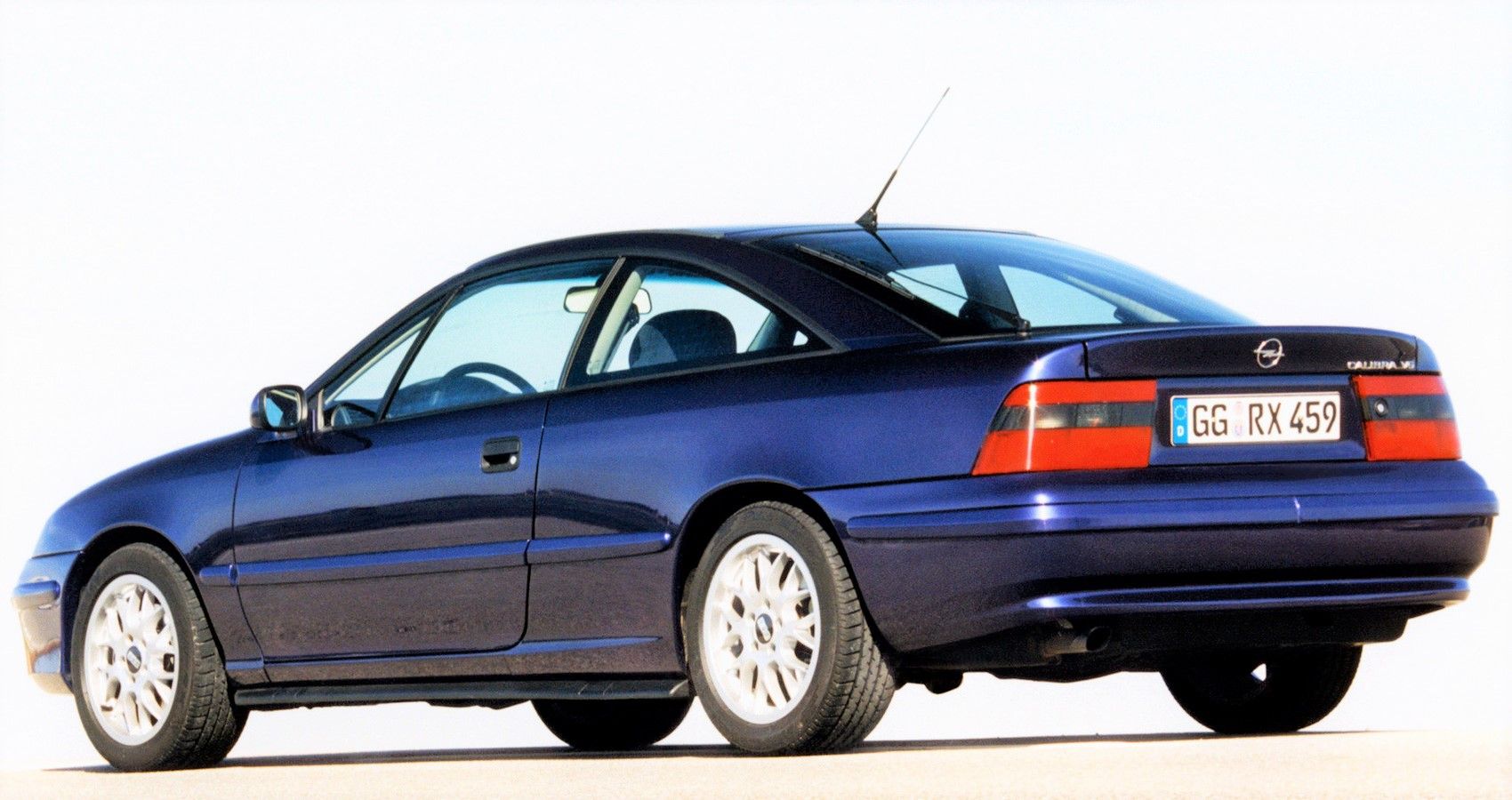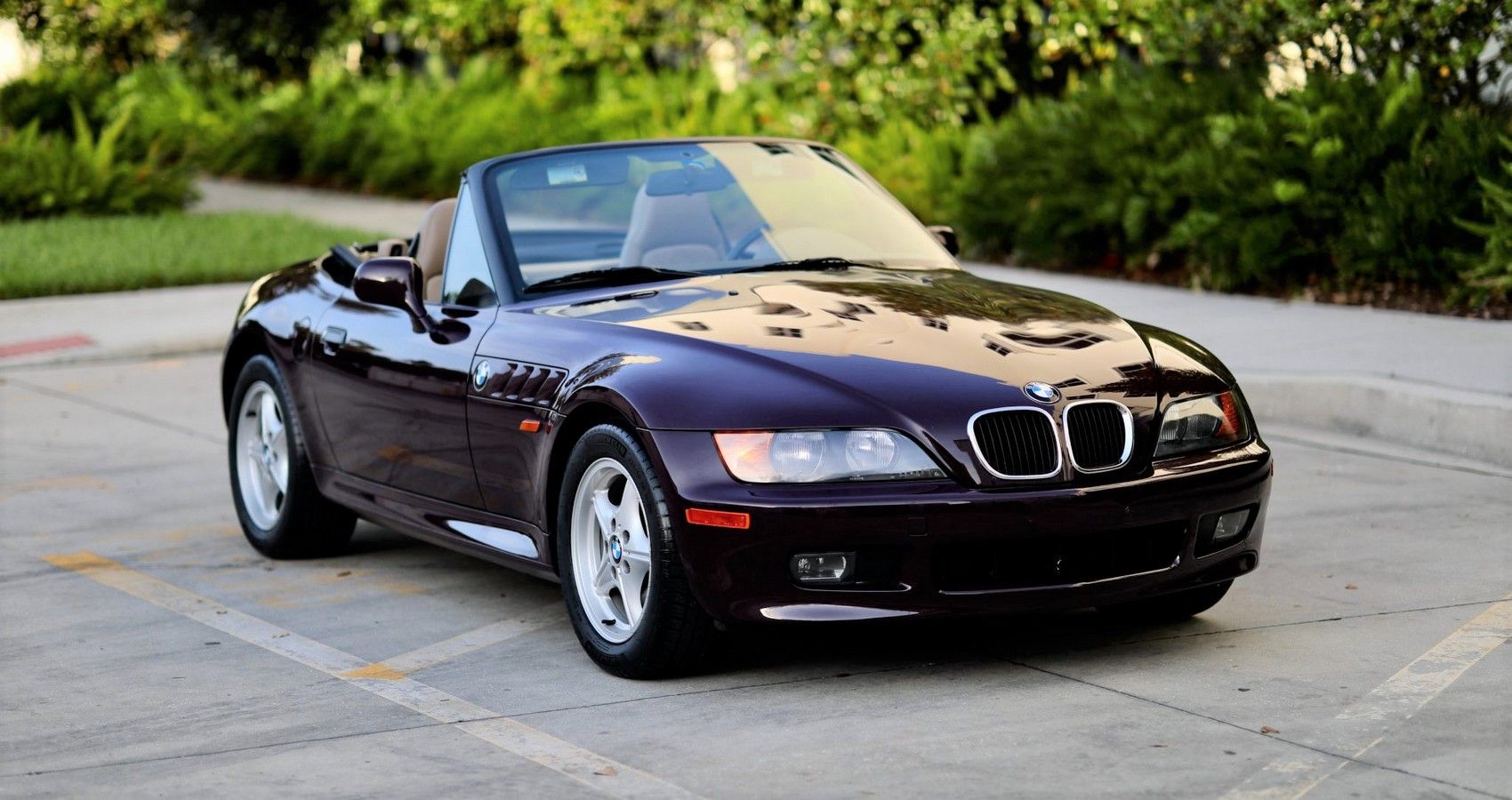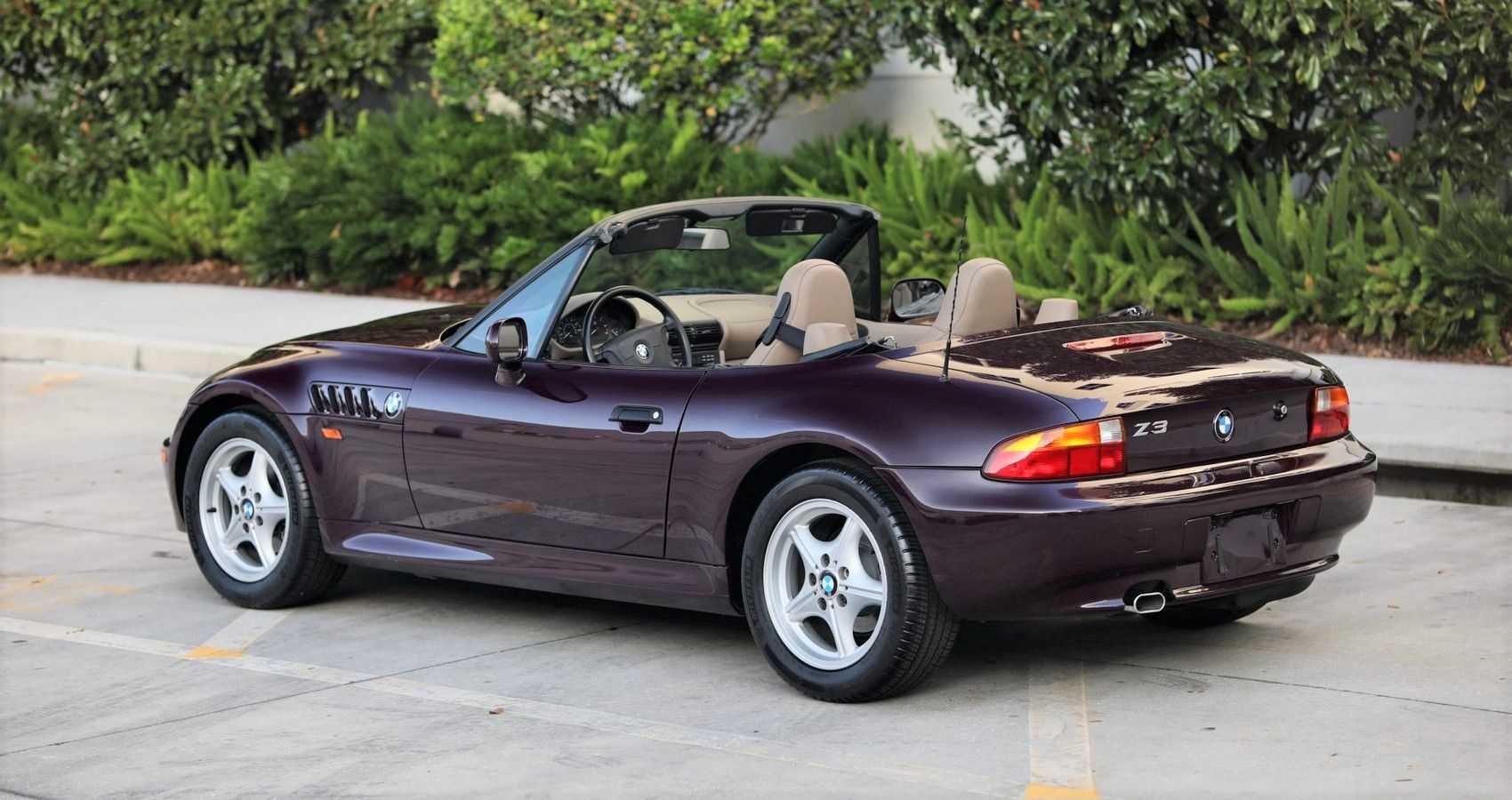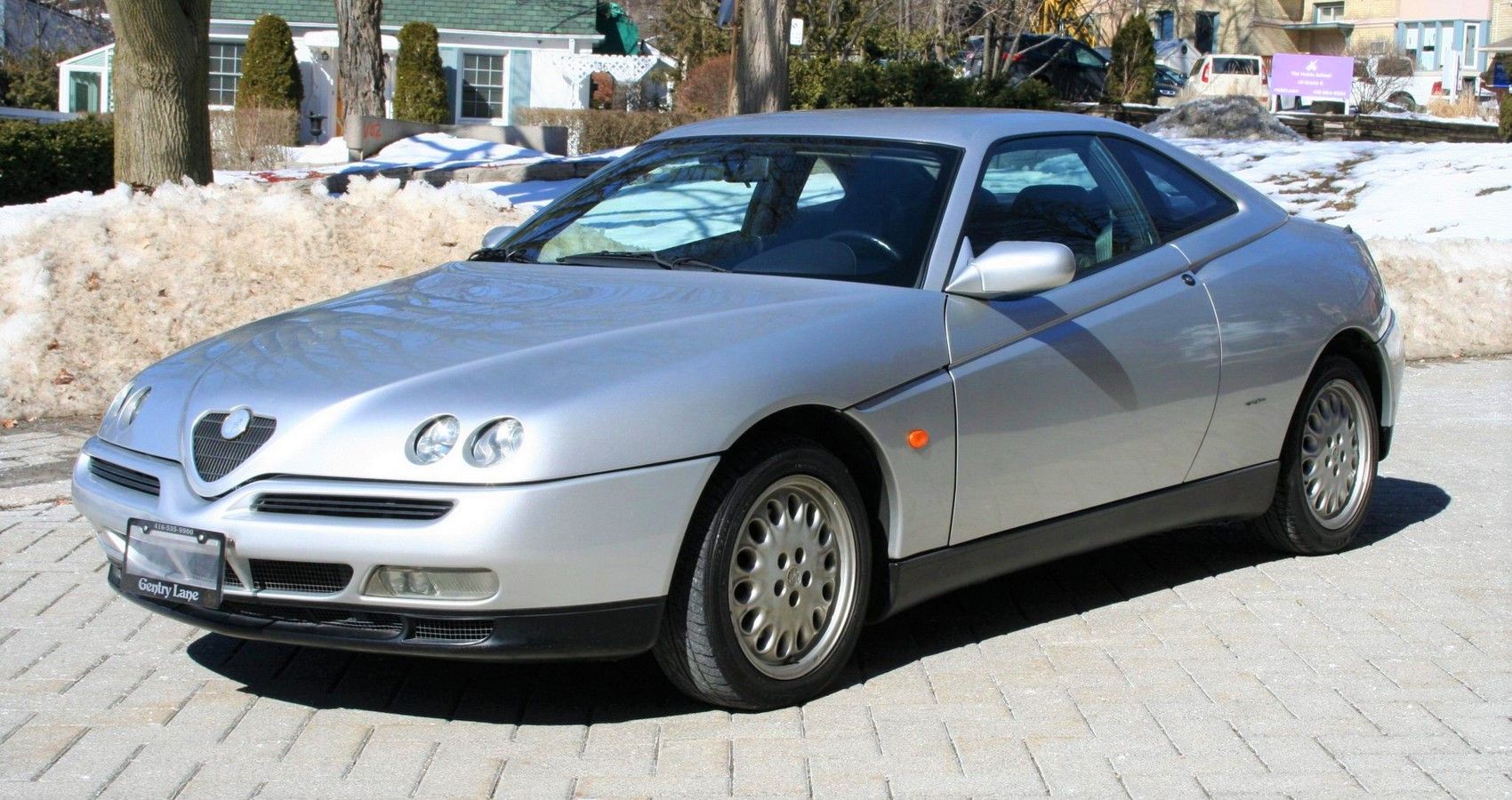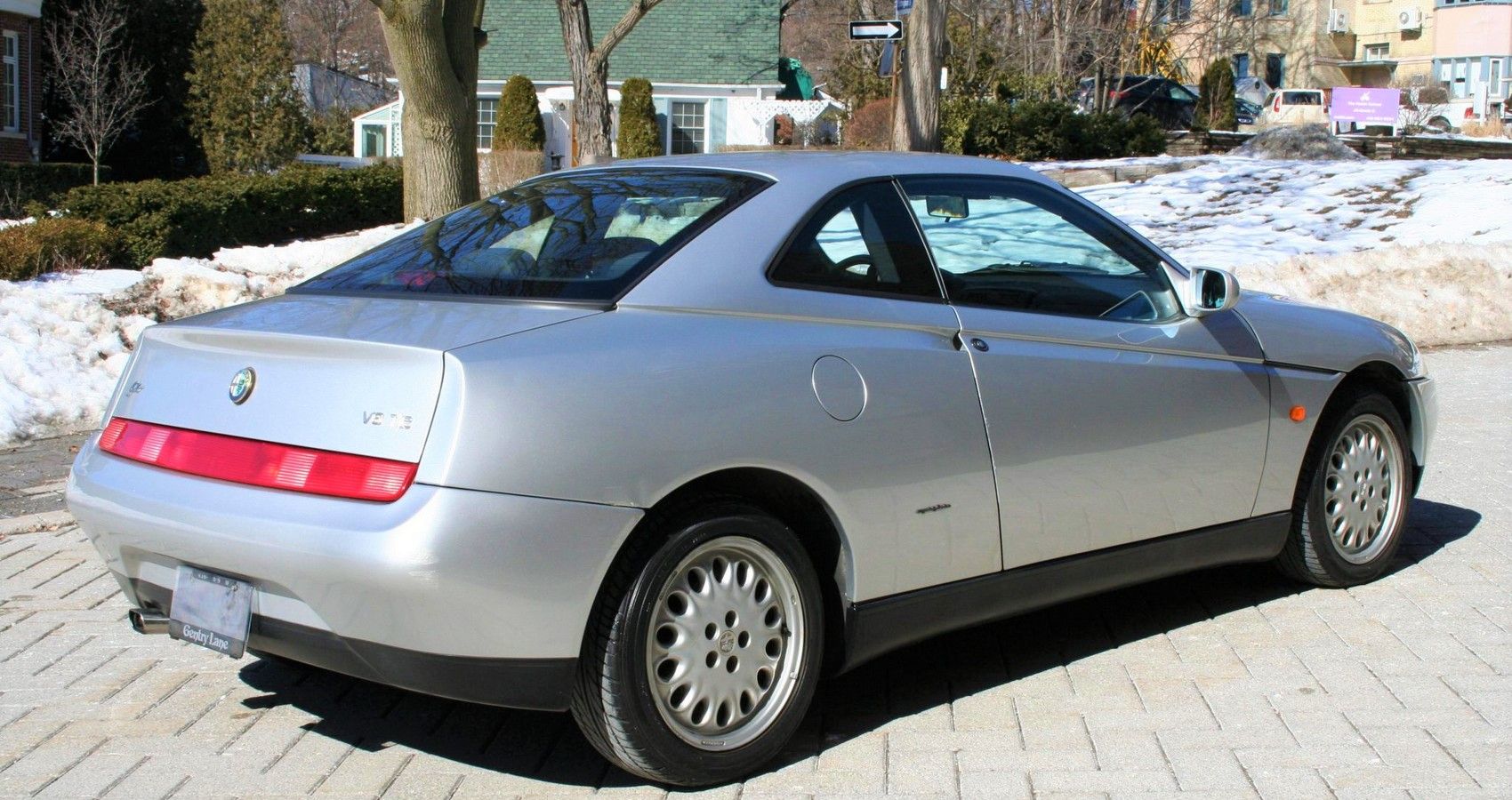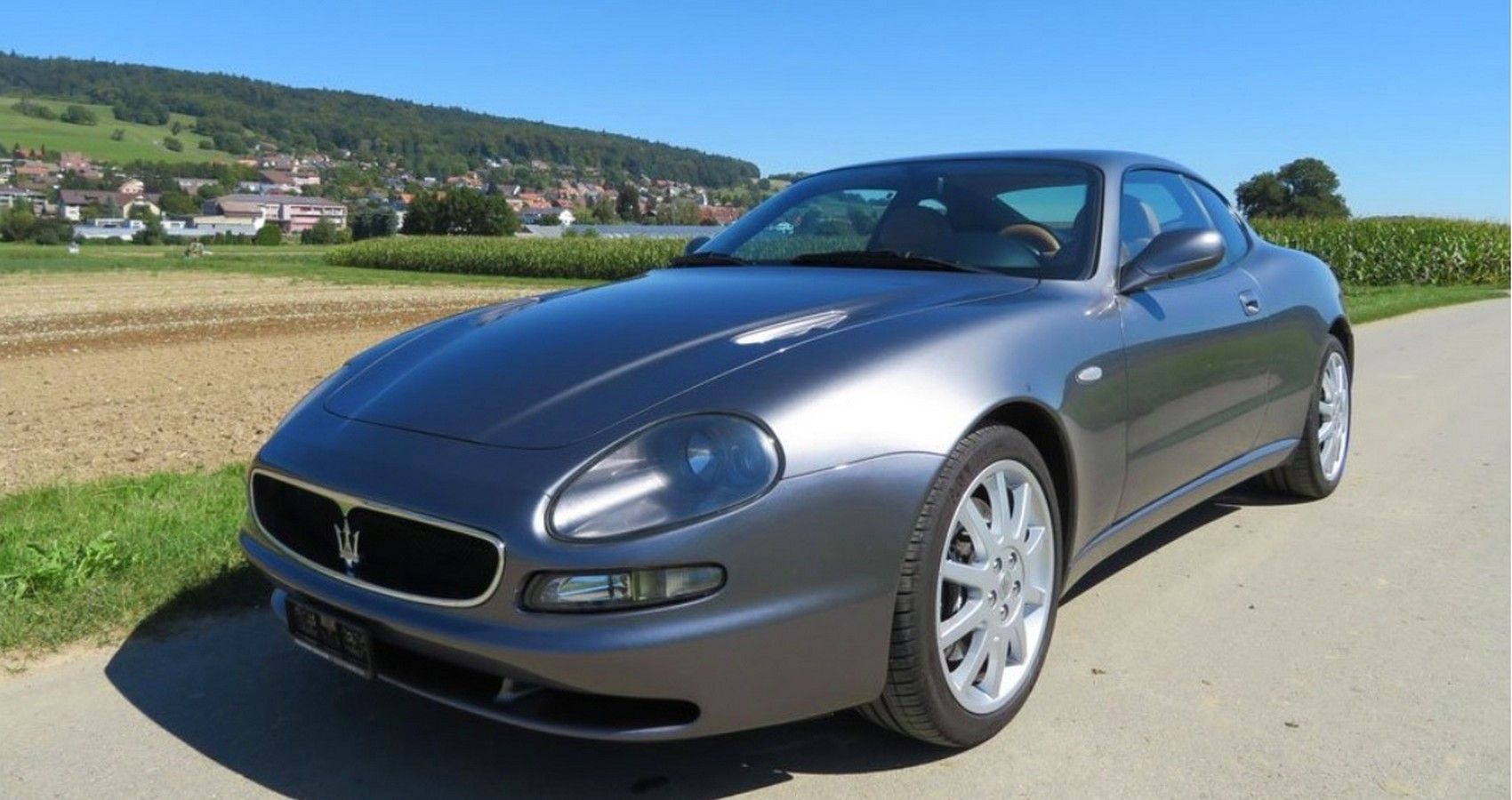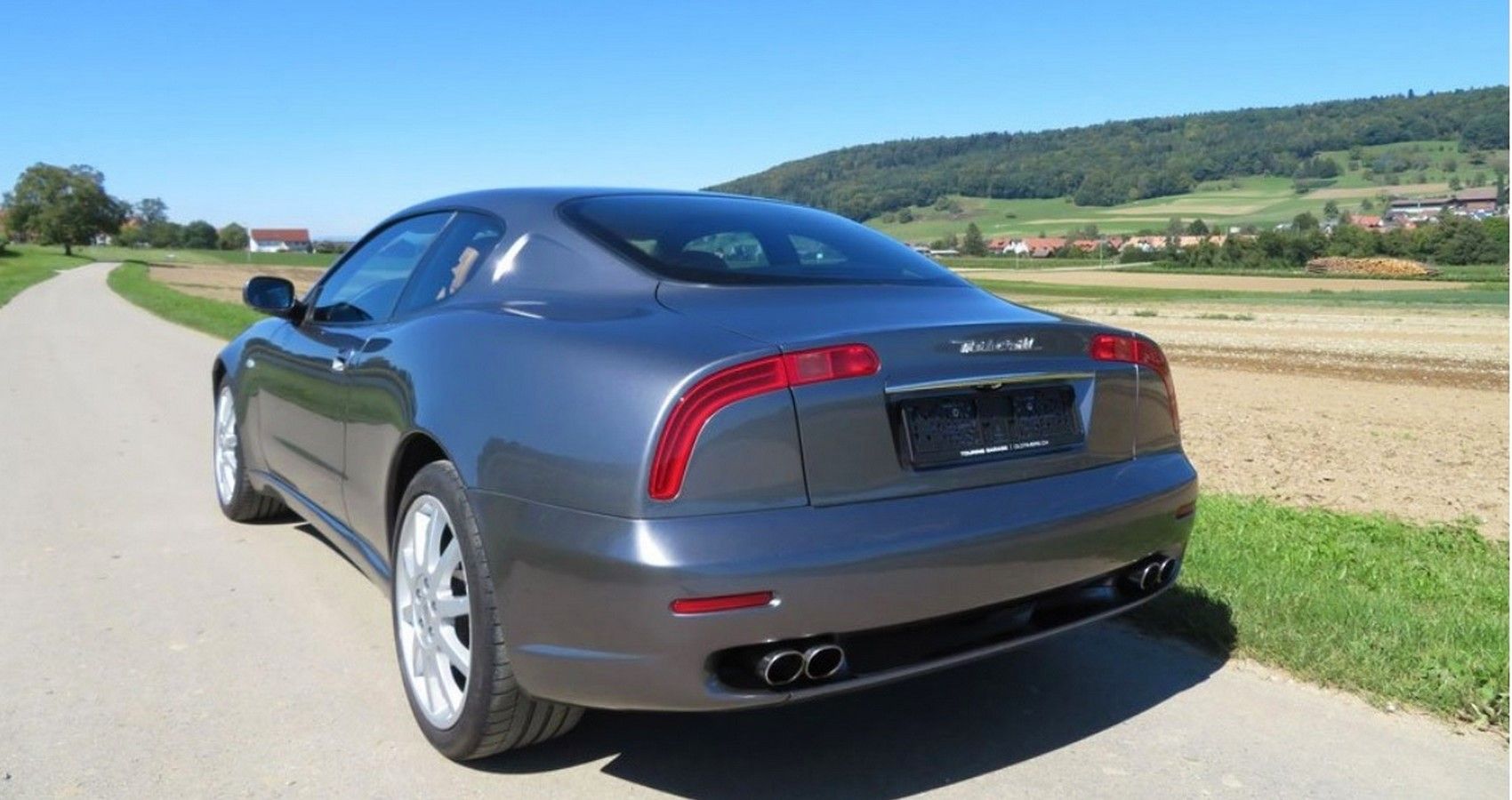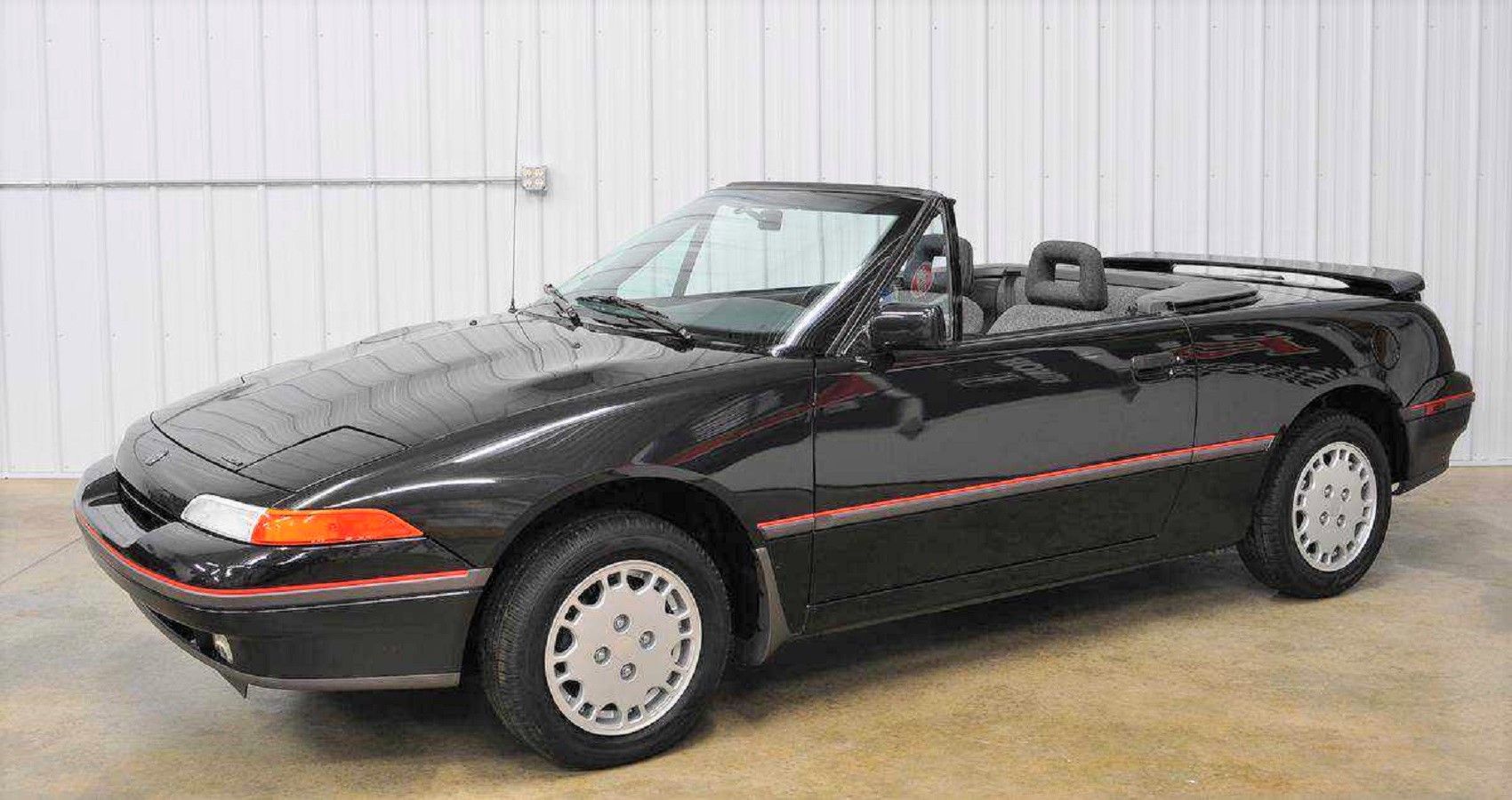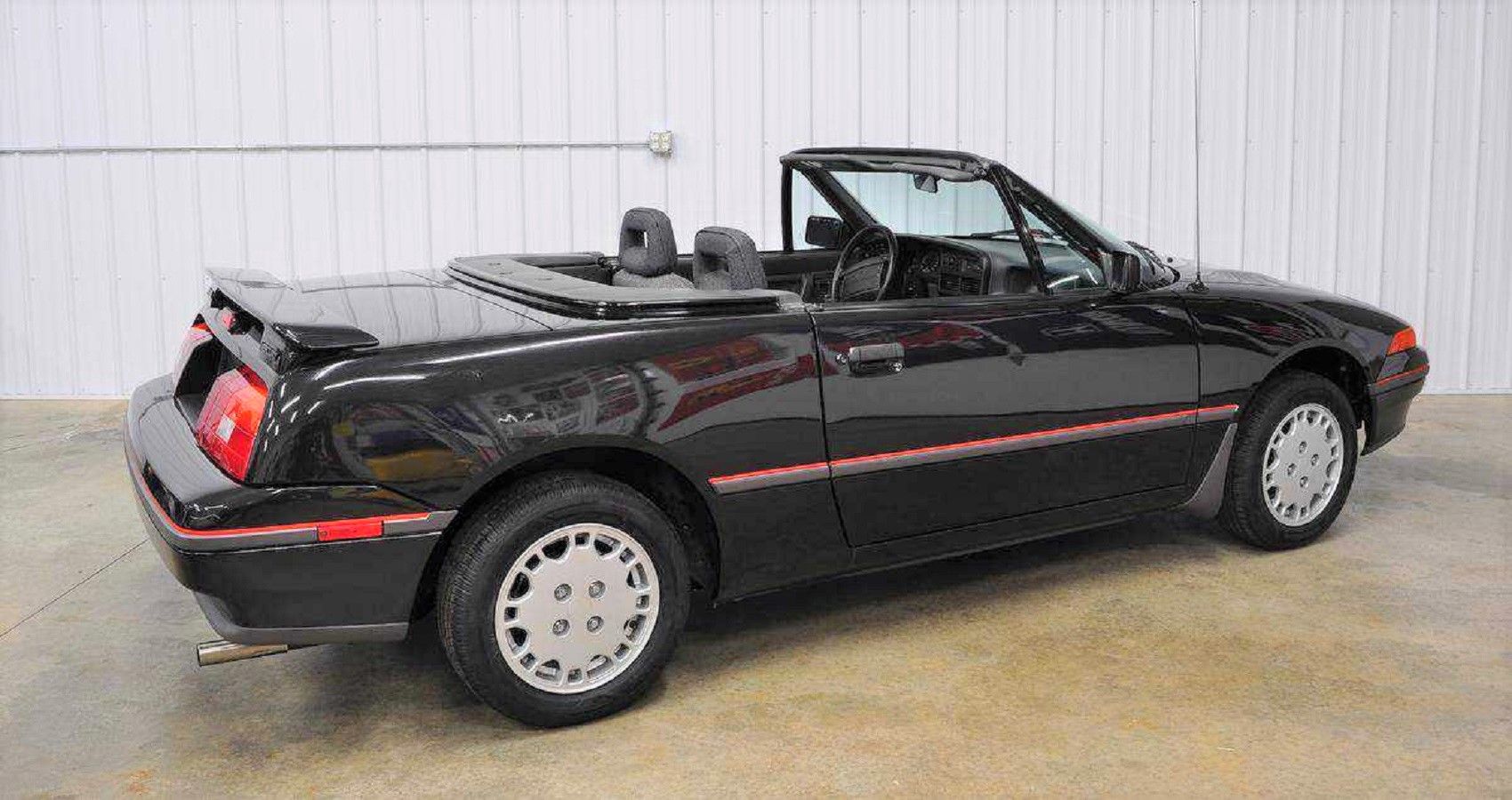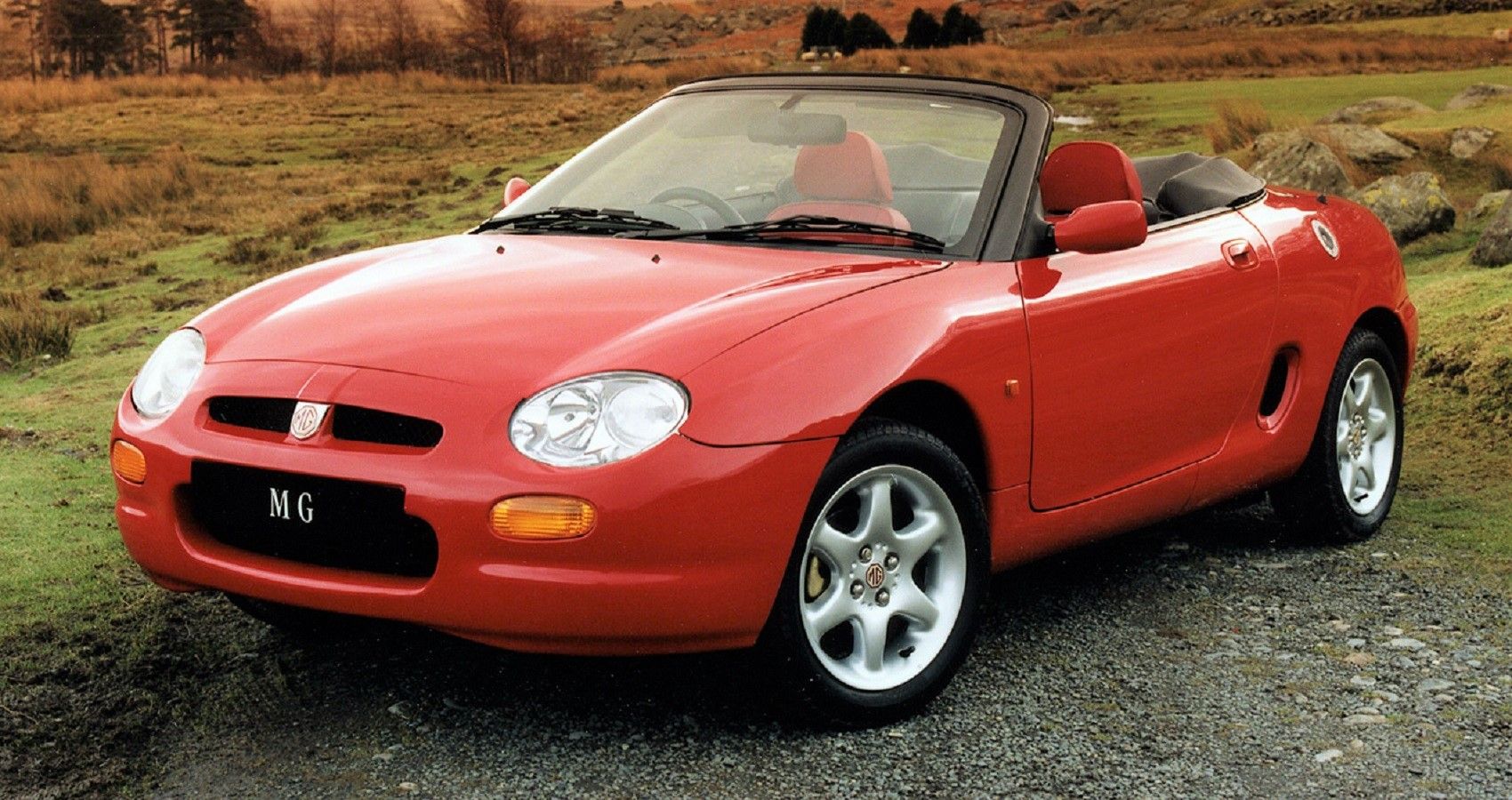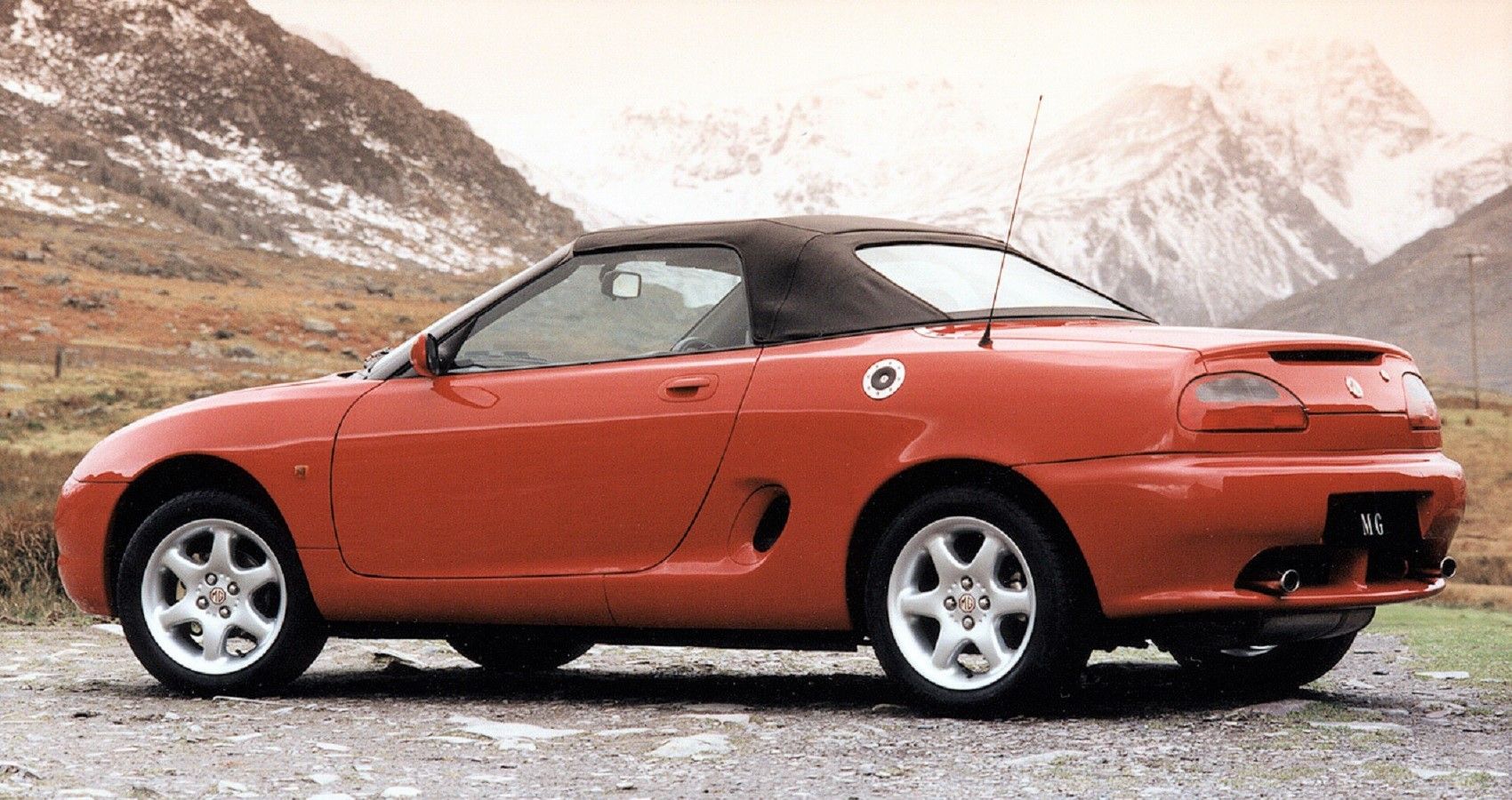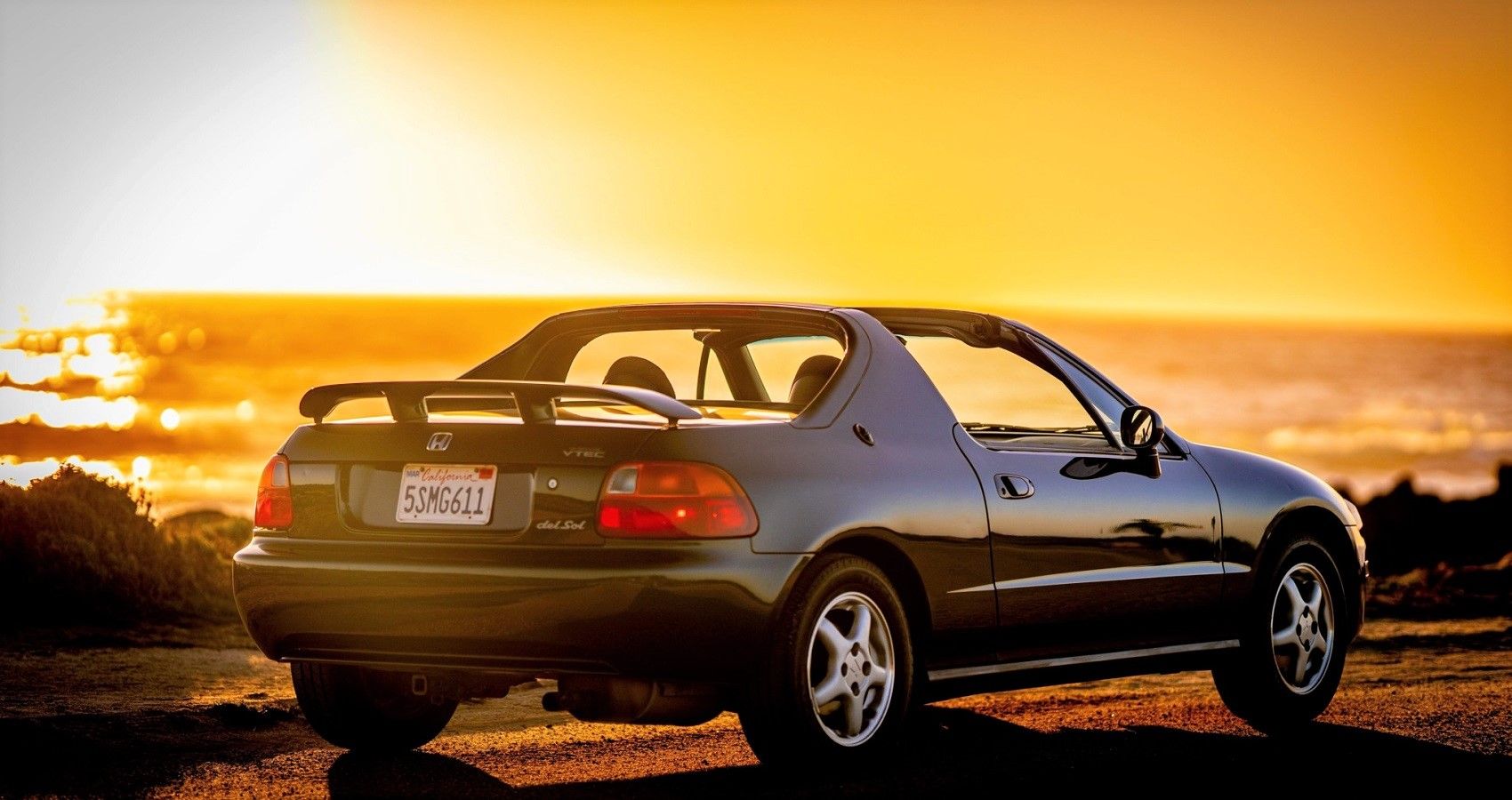Cheaper, faster, and more desirable, the '90s is one of the best decades ever for gearheads. It offers plenty of choice for your money, providing you don't go down the wrong path of buying a sports car you'll later regret.
Right brand, wrong model is going to present the biggest challenge for anyone looking for a '90s sports car on a budget, every carmaker can roll out a flop wearing a desirable badge. You would only have to look at Pontiac, one of the biggest muscle car brands throughout the sixties and seventies to fall into the Fiero trap, brand prestige done badly with what could have been a two-seater sensation. While cheap retail prices are partly to blame, poor designs, development, or just over-ambitious marketing put a damper on premium cars too.
10 Aston Martin DB7
Premium branding combined with drop-dead gorgeous looks at bargain-basement prices should be a warning sign to any gearhead thinking of taking on Aston Martin's DB7. Straight-six-powered cars dipping perilously close to $10k.
At its launch in 1994, Aston had a winner on its hands, Ian Callum penning a sleek, yet traditional, 2+2 coupe boasting a supercharged 3.2-liter engine pumping out 335 hp. However, with little in the budget for a ground-up fresh design, Ford ownership lead to a re-skinning of Jaguar's XJ-S chassis and suspension, a capable but 20-year-old design.
9 Chevrolet Camaro / Pontiac Firebird
Two US icons, one common F-body platform, dressed in ever so slightly different modern bodywork. However, beneath the skin, both shard a host of common problems. Platform sharing issues aside, GM attempted to deliver Camaros and Firebirds to suit every budget, with dire consequences.
At the bottom end, neither the Camaro nor Firebird is remotely sporty, despite being highly praised for their handling and ride qualities. GM spoiled the dream of US sports car buyers with a lackluster 3.4-liter base engine producing 160hp. If looks are all you care about, it's not a deal-breaker, but performance junkies will be sorely disappointed.
8 Buick Reatta
Staying with GM, the Buick Reatta proved that a two-seater convertible doesn't guarantee sports car success. Launched in the late '80s, a convertible option followed in 1990 bringing a touch of open-topped excitement that tanked in the sporting department thanks to a poorly specced engine line-up.
At the right price point, things might have been different, however, the Reatta was aimed at upmarket buyers on par with Mercedes SL. Aim high, sell high being the goal, somewhere in the design process Buick lost its way, pop-up headlight and 6-way power-adjustable seats and an early touch-screen interface the main highlights. Now for the lows, Buick fitted a wheezy 160 hp 3.4-liter V6 driving the front wheels, at best capable of 60 in 9-seconds.
7 GM Calibra
Getting it wrong on countless occasions GM's global marketing gurus attempted to flog gearheads across England, Europe, Australia, and America the same two-door coupe under the Calibra name, albeit with Chevrolet, Vauxhall, Holden, and Opel branding. We're all for a global model line-up, but not one that has its roots in something more mundane.
Starting life as the UK sales reps wheels of choice, Vauxhall's four-door sedan Vectra, shorn of two doors and given a svelte coupe body, didn't hide the fact its front-engine, front-drive chassis was anything but sporty. Even with a range-topping 2.5-liter V6, the Calibra was never a serious driver's car.
6 BMW Z3 Roadster (4-Cylinder)
Throughout the '90s, BMW promoted its range of coupes, sedans, and Z-roadster as the ultimate driving machine, TV commercials displaying impressive handling and speed. Here's the thing, promotional clips only ever show the good bits from the highest spec cars, BMW using the M-badged variants to lure buyers through the door.
Once hooked, premium pricing put paid to any sporty aspirations, buyers driving away in the lesser engined Z3 base model boasting nothing more potent than a 1.8-liter four-cylinder engine producing a less exciting 114 hp. Still tempted by a BMW Z3? Start at the top and work down, anything less than six cylinders is best avoided.
5 Alfa Romeo GTV (Type 916)
If there is one car that near guarantees gearheads getting excited, it's an Alfa Romeo. Beautifully styled, poorly built, and supremely flawed with reliability worries aplenty. The Type 916 GTV for example comes with a recommendation from Alfa Romeo that cambelts should last 72,000 miles, in reality, cambelt change intervals of 36,000 miles is a safer bet.
Buying a GTV new was risky, buying a used model borders on the insane. Only serious gearheads need apply, preferably those with an intimate knowledge of the Alfa's 2-liter twin-spark inner workings or the patience of a saint. The same mechanical weakness is what attracts buyers, on song it's one of the most melodic engines you're likely to come across.
4 Maserati 3200 GT
Maserati's 3200 GT oozes appeal like no other two-door four-seater GT, with used prices verging on the insanely low, making this one Italian exotic to watch out for. Launched in 1998, Maserati's first all-new model for decades, penned by Giugiaro with a twin-turbocharged 3.2-liter V8 kicking out 365 hp.
The Maserati isn't just about curb appeal, GT design or not, the 3200 GT is supercar quick, posting a 5-second to 60 mph time and a top speed of 174 mph. It's also of ticking time-bomb of impending and expensive repair bills when you least expect it.
3 Mercury Capri
Small '90s era sports cars generally fall into two categories, Mazda's MX-5 and every other carmaker. In 1991, wanting in on the action, Mercury revived the Capri name after a five-year absence using an Australian badge-engineered design. Loosely related to Mazda's 323, the Capri even featured Mazda engines too.
Understandably, out-doing Mazda using Mazda running gear, albeit with less power and more weight was never going to be a huge hit, even the later turbocharged model lacked power with 132 hp on tap. Recognizing that Capri would never match the MX-5, Mercury pulled the plug in 1994.
2 Rover MG F / MG TF
Buyers beware, not every British mid-engined sports car is going to be a peach, the MG-F demonstrated everything that was wrong with the Rover name by the late '90s, appalling build and reliability spoiling an otherwise capable two-seater roadster. Despite the carmaker's best efforts to re-invent itself, Rover would be gone a few years later.
Re-badging aside, not much changed, Rover's K-series engine expanded to a 1.8-liter unit punching out 157 hp in the 1.8 VVC MG-TF resulted in a 0-60 mph time of just under 7-seconds. The problems arise from the K-series unique LM25 aluminum construction method that results in undetected coolant leaks, engines fit for little more than scrap.
1 Honda CR-X Del Sol
Pang's of guilt for including Honda's CR-X Del Sol prevent us from outright slating this two-seater Targa sports compact. As good as it is, Honda missed a few tricks when designing their MX-5 rival. Firstly, the good stuff, a sometimes leaky Targa roof in a small sports car was genius, as was keeping wheel size down to 13-inches, boosting handling and ride.
Where it could have been better, early US-spec CR-Xs featured a 1.6-liter VTEC engine producing 160 hp resulting in a decent turn of speed. Unfortunately, unlike Mazda, Honda opted for front-wheel drive, limiting its appeal to serious gearheads. Aside from giving away its performance advantage, the CR-X was filled with cheap plastics.

